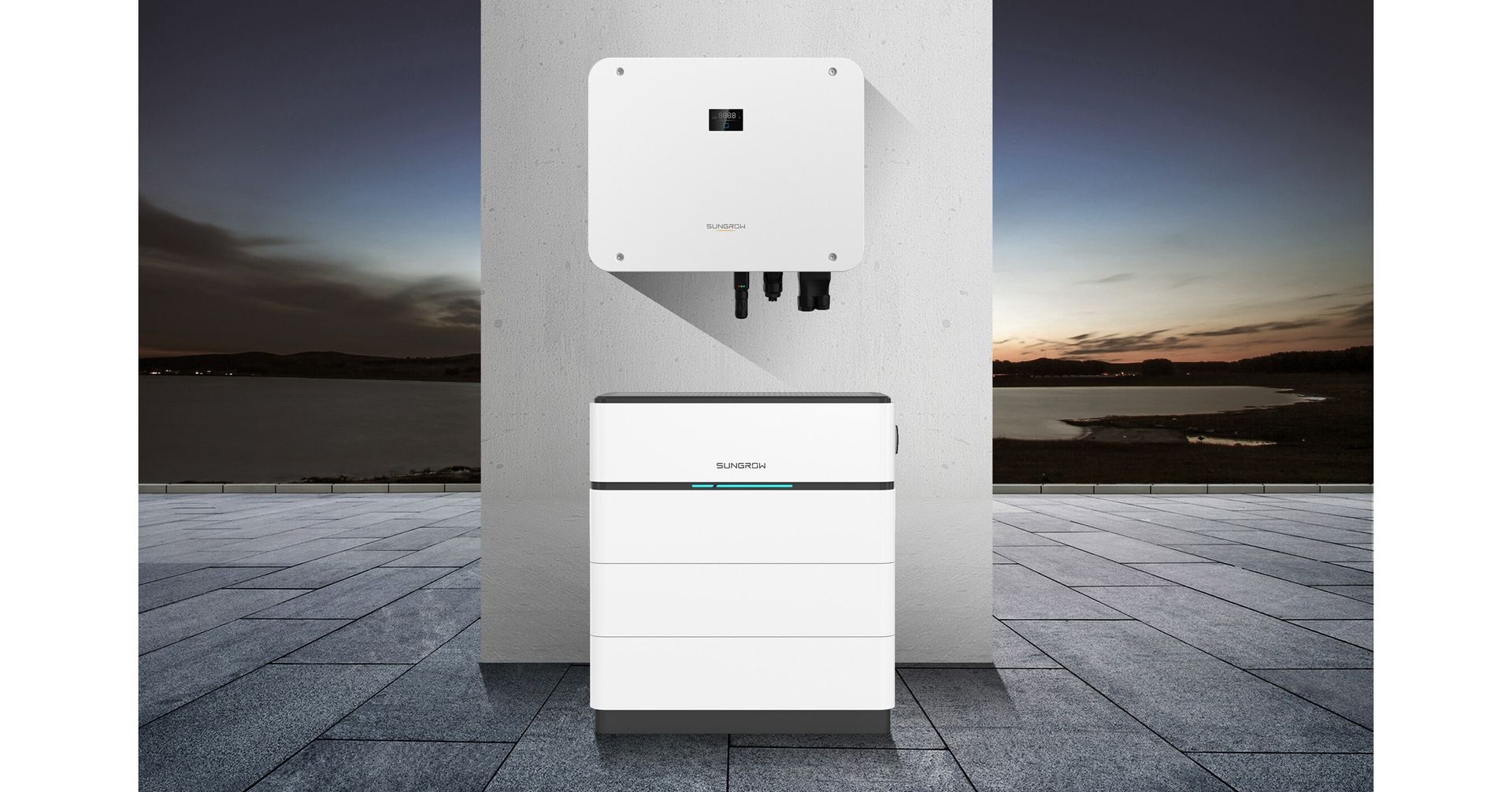Solar panels, what matters and what doesn’t
‘Panels are Panels’ – a comment often thrown around in the industry by salespeople and installers alike. While panels all look similar, they are far from the same.
The main thing solar panel have in common is that they’re all made of similar materials, namely; conductive metals, aluminium and silicon solar cells.
Despite being made of mostly the same materials, they’re not all made the same way. And that makes all the difference.
The delta that determines whether a panel is more sophisticated than another mostly sits with how long and complex the manufacturing process is.
The big topic of conversation in 2024 is P-Type vs N-Type panels.
In simplicity, the N-Type offer less resistance in the circuit, enabling the electrons to flow through the panel with less resistance. Achieving lower resistance requires doping the panel with elements such as phosphorus, and blending other elements into the panel that contain a high number of electrons.
All in all, N-Type panels are primarily negative (N) charged, and this results in some magnificent benefits:
- Lower resistance in the circuit allows for the electrons to flow with less resistance
- Lower resistance in the circuit means lower operating voltages
- Lower resistance means better low-light performance, which is demonstrated in increased solar production in mornings, afternoons and cloudy days.
- Lower voltage means the panels don’t get as hot
- Less heat means less degradation, and therefore – better performance warranties.
We absolutely recommend our clients get N-Type panels, unless the panels will be ground mounted.
The crazy thing is; the standard test conditions for solar panels only test for when the sun is perpendicular to the panel, IE; at a 90 degree angle shining from directly above. The truth is; the sun is RARELY at a 90 degree angle to the panel. In fact, 99% of the time the sun is at some other angle!
It’s at these times, 99% of the time, that N-Type panels truly shine. The spec sheets can’t explain this, because they don’t test for it. They only test for production when the sun is directly over head.
We know for a fact that clients who get N-Type panels experience more solar production when it truly counts.
So this point, lets cut the technical jargon, because our mission was never to turn our clients into electrical engineers, but to Simplify Everything.
Where required, we help our clients compare solar panels in quotes they receive through our service! But mostly, solar companies provide great equipment to our clients, because they know we can read between the lines.
Much love;
Rowan
Save time & Money; book a solar broker to
We will get back to you as soon as possible.
Please try again later.



